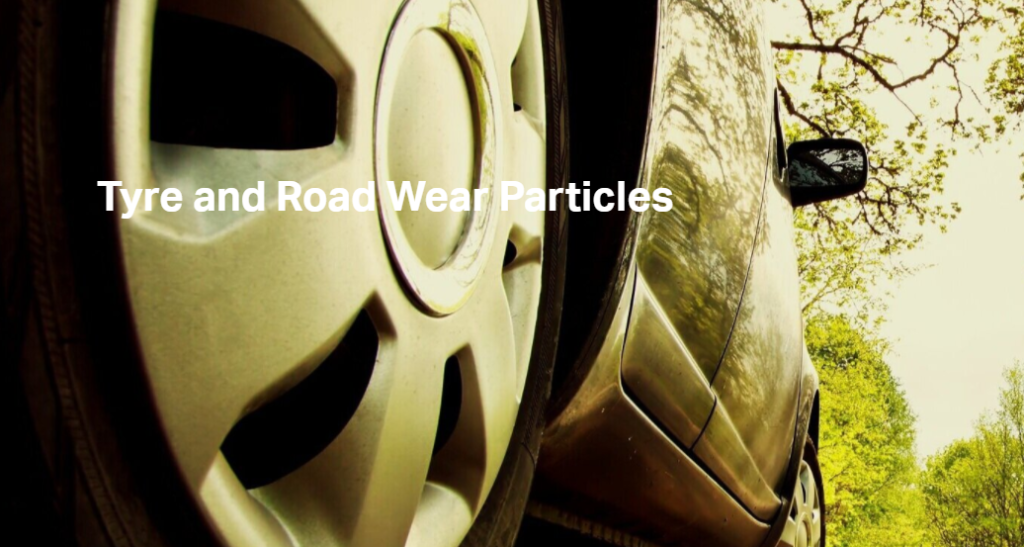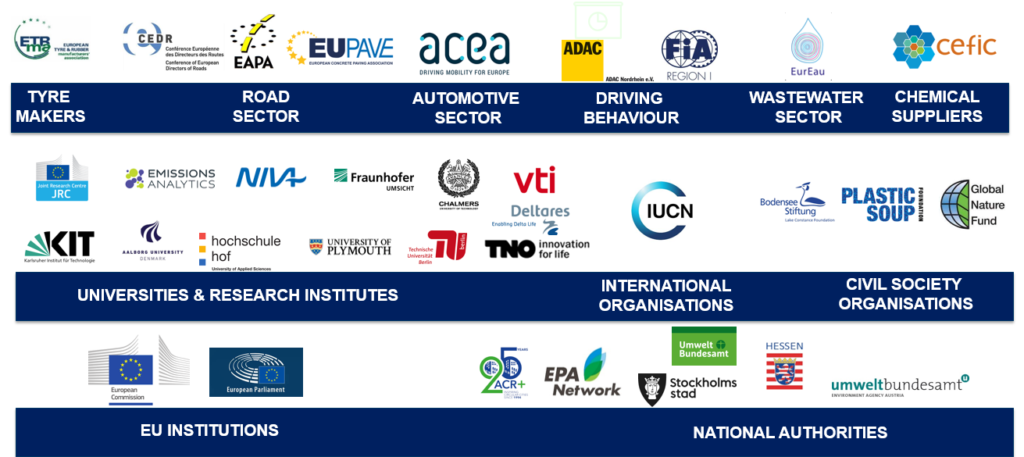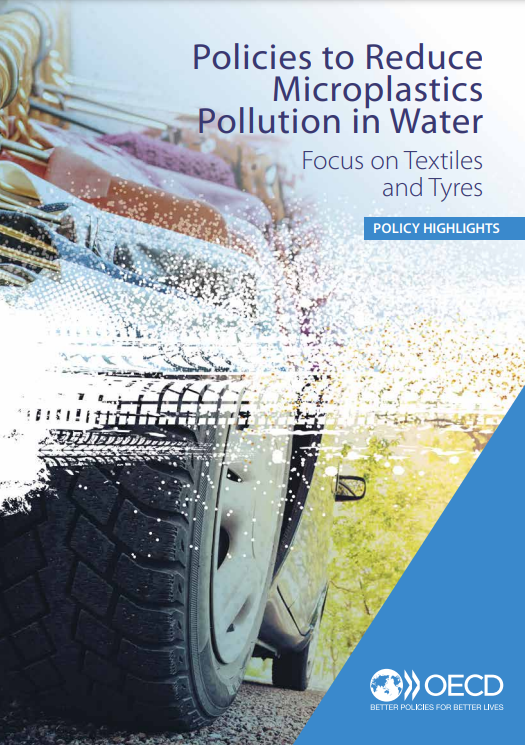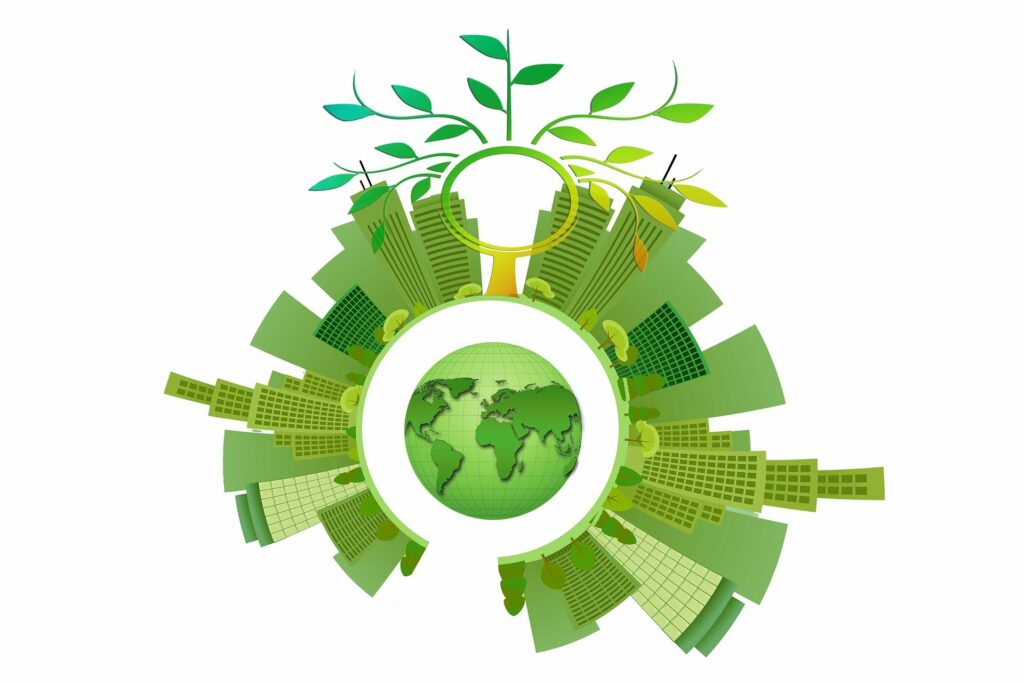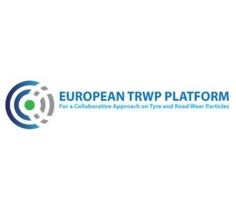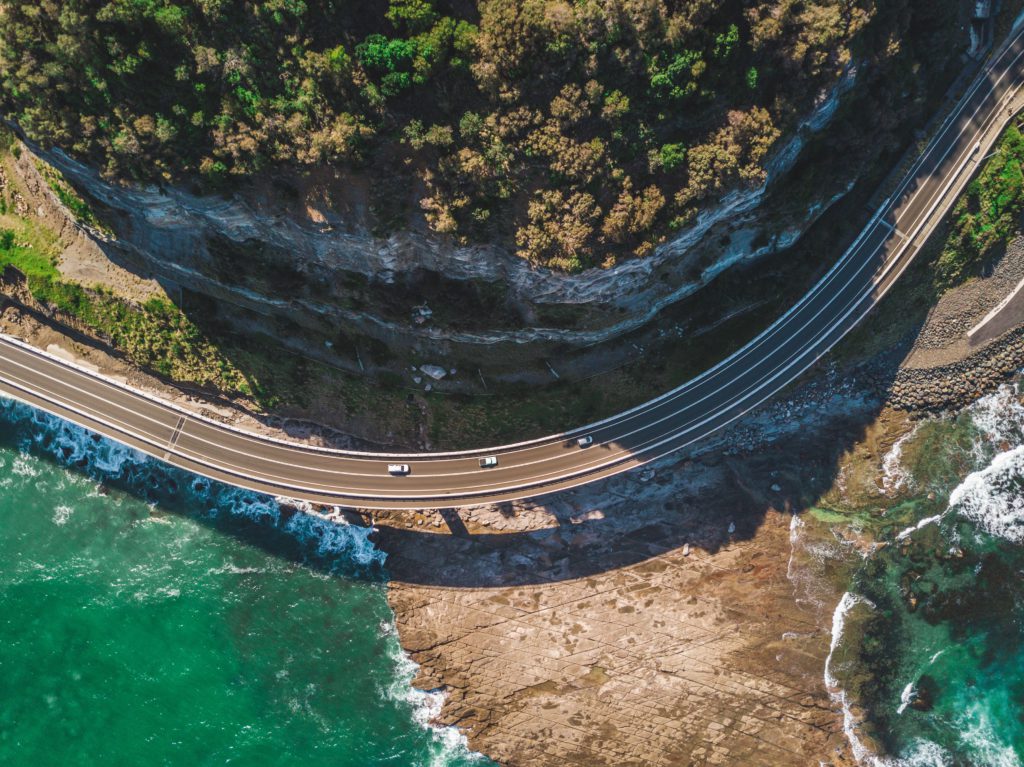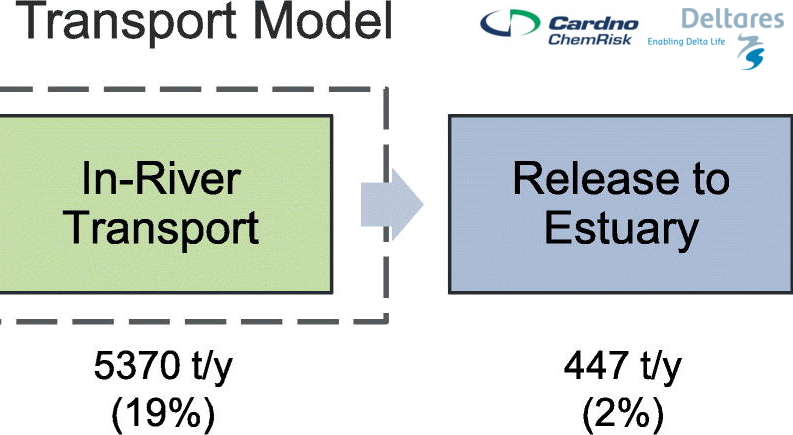Tyre and Road Wear Particles
The most important function of tyres is to hold the vehicle on the road, which is a vital aspect of road safety. To do so, friction needs to be caused and this leads to abrasion of both the tyre and road, generating particles, known as Tyre and Road Wear Particles (TRWP). Similarly, particles are also released by the simple friction between shoe soles and pavements when walking.
TRWP are a mixture of tyre tread fragments and road surface elements, such as minerals and road dust, approximately 50% each. These particles are commonly referred to as microplastics because of their size and composition.
Generated by the friction between roads and tyre surfaces, they are called unintentionally released microplastics.
Find out more
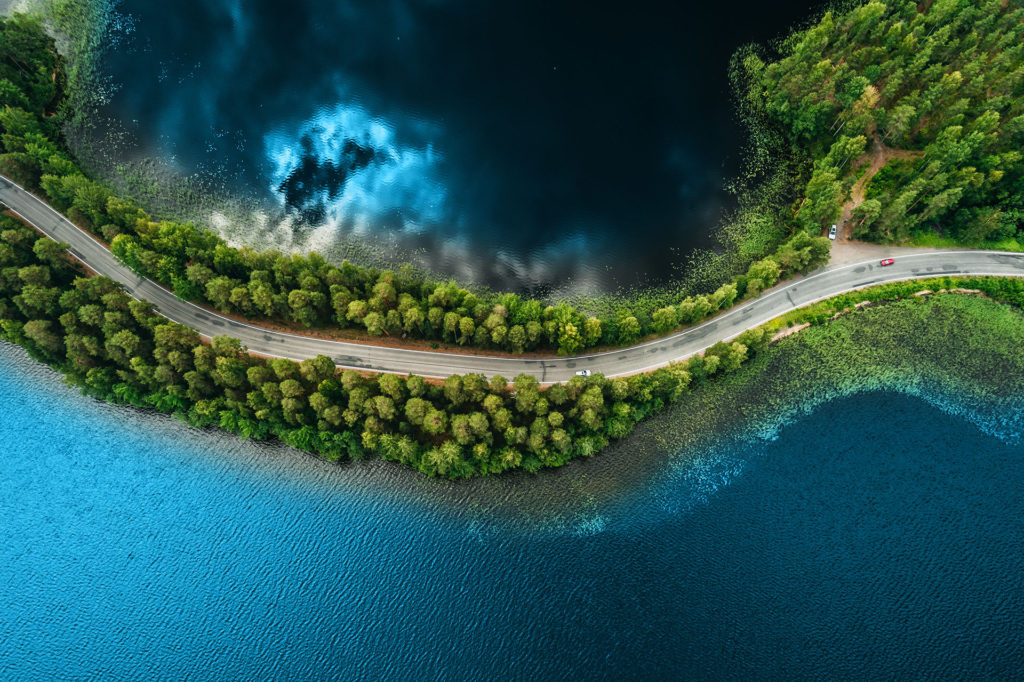
Taking Action
ETRMA is committed to contributing to a healthy environment. That is why, over the last decade, the tyre industry has been collaborating to develop a better understanding of the fate and possible effects of particles generated during normal tyre use and wear, within the Tire Industry Project, which is under the umbrella of the World Business Council for Sustainable Development (WBCSD).
In March 2017, ETRMA commissioned a study to Cardno Chemrisk / Deltares aiming to build the necessary knowledge about the distribution and retention of TRWP in freshwater up to the estuary.
The study indicates that up to 5% of TRWP released may reach the estuaries and that the most important factors affecting the transportation of the TRWP to the estuary are their diameter and density. This means there is a high potential for considerable capture and retention of TRWP before reaching the freshwater or even the estuary.
The results of the study on Tyre and Road Wear Particles environmental fate assessment are now published in the peer reviewed scientific journal Science of the Total Environment (Part I and Part II).
Furthermore, The European tyre industry is fully engaged in the environmental challenges of tyres including the need for development of a reliable test method to measure abrasion performances, a work already initiated by the industry, in dialogue with the European Institutions.
Tire Industry Project’s Members have also contributed to the development of recently published ISO standards on Tyre and Road Wear Particles:
- June 2017: ISO/TS 20593. Determination of the mass concentration of tire and road wear particles (TRWP) — Pyrolysis-GC-MS method.
- December 2017: ISO/TS 21396. Determination of mass concentration of tyre and road wear particles [TRWP] in soil and sediments.
- July 2018: ISO/TS 22638. Generation and collection of tyre and road wear particles (TRWP) – Road simulator laboratory method.
- July 2018: ISO/TS 22640. Framework for physical and chemical characterization of tyre and road wear particles (TRWP).
- August 2018: ISO/TS 22687. Framework for assessing the environmental fate of tyre and road wear particles (TRWP).
Today there are still ongoing areas of investigation addressing the fate and transportation of tyre and road wear particles (TRWP) and their impact on the environment.
The most recent development (October 2021) is the publication of the OECD Report “Microplastics in water: pathways and policy responses: A focus on textiles and tyres” to which the tyre industy has contributed through ETRMA, TIP and European TRWP Platform.

European Tyre and Road Wear Platform
The generation of TRWP is influenced by a variety of external factors including, but not limited to tyre design. These include vehicle characteristics, road surface, weather, road topology and driving behaviour. Therefore, it is crucial to adopt a holistic approach when addressing this challenge. That is why, in July 2018, ETRMA launched the TRWP Platform.
This is a multi-sectorial stakeholder roundtable that aims to create an open and inclusive dialogue among all relevant stakeholders that can help to build the scientific knowledge as well as investigating possible mitigation options to the generation and transportation of TRWP into the environment.
The TRWP Platform published its first reports in September 2019:
- The “Way Forward Report” explores the most promising ways of mitigating the environmental impact of TRWP that were jointly identified during meetings of this initiative. This includes measures to address TRWP generation and TRWP capture and removal. The report also provides recommendations and pathways for continued cross-sector collaboration.
- The second publication, “Scientific Report on TRWP in the Aquatic Environment” by Prof. emer. Martin Jekel (TU Berlin), summarises the existing scientific research and knowledge gaps on TRWP from generation to freshwater systems based on the available literature, with an emphasis on recent studies, publications, reports and presentations of participants at the high-level and technical meetings of the Platform. This review also identifies several future avenues for research.


